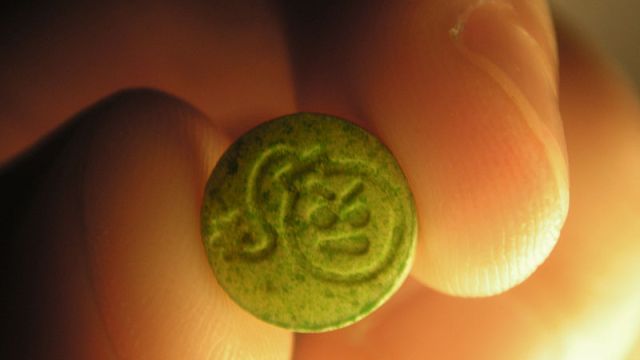From Old Medicines, New Cures

What’s the Latest Development?
By combining information on the genetic effect of existing drugs with data on the genetic impact of various diseases, researchers may be able to uncover new uses for old medications. Atul Butte, a bioinformatics expert at Stanford University, said: “Our hypothesis was, if a disease is characterized by certain changes in gene expression and if a drug causes the reverse changes, then that drug could have a therapeutic effect on the disease.” Information on the effects of different drugs would be coordinated across public databases.
What’s the Big Idea?
Just as aspirin was designed as a pain killer but also reduces the risk of heart attacks, or when the side effects of a blood pressure drug called sildenafil eventually became Viagra, medicine crossovers could save researchers time and money, meaning faster and more cost effective treatments. And aggregating a wealth of data on drug reactions across public databases could leverage medical information in a way that could substantially benefit public health. To Butte, the databases have already proven a powerful research tool.





